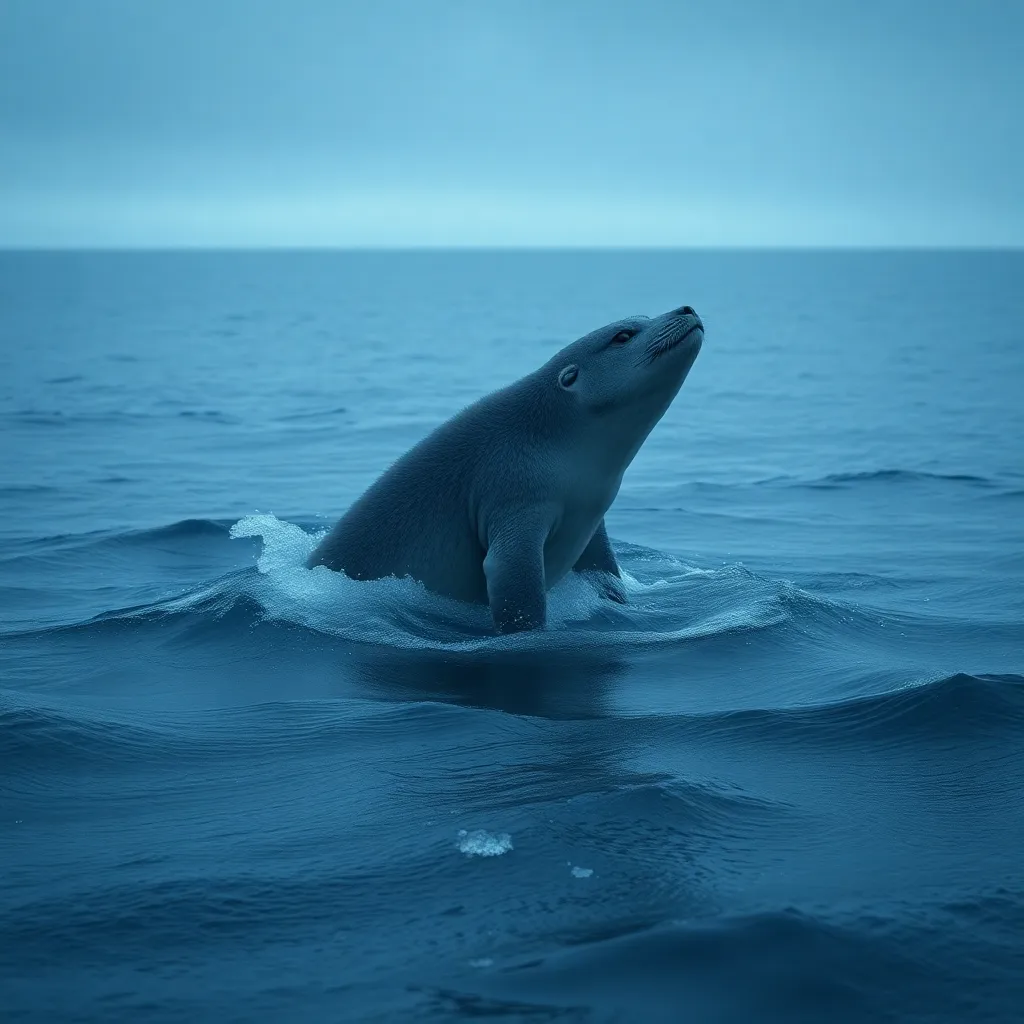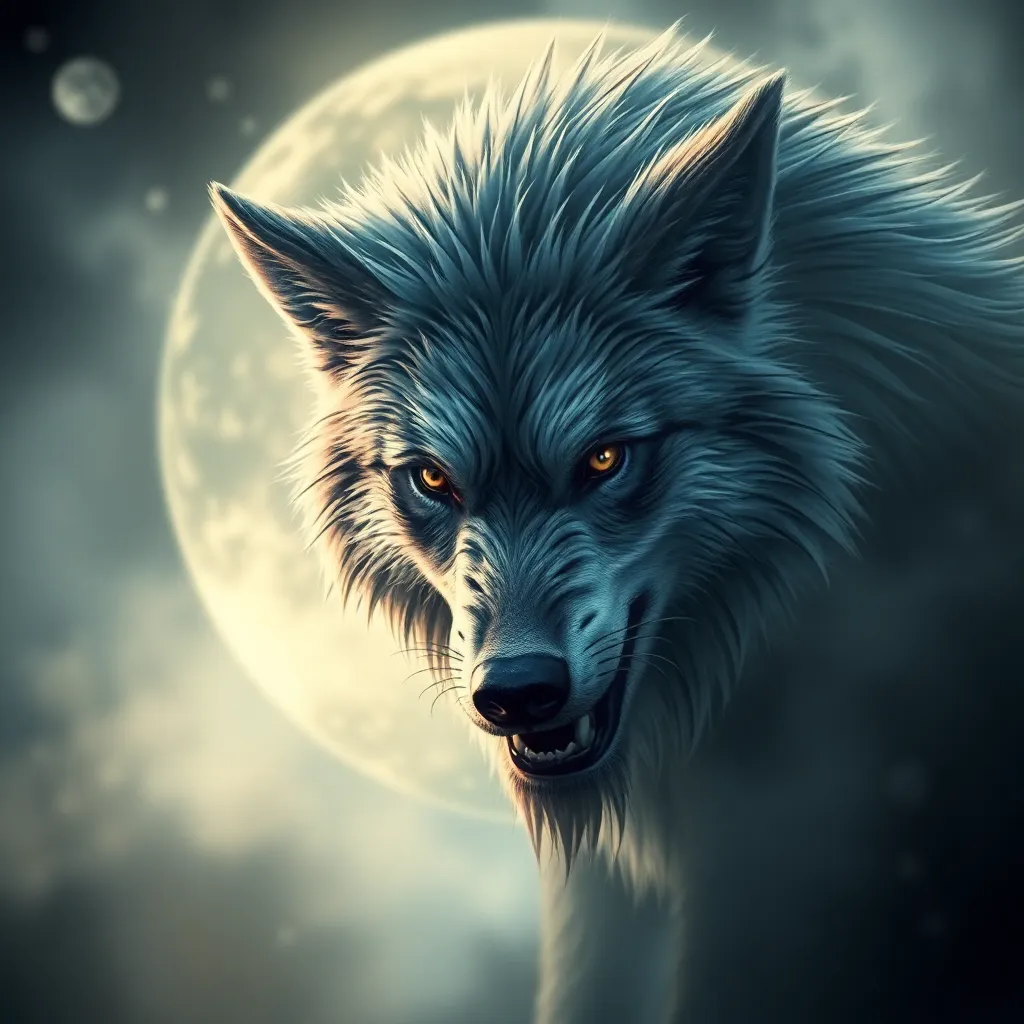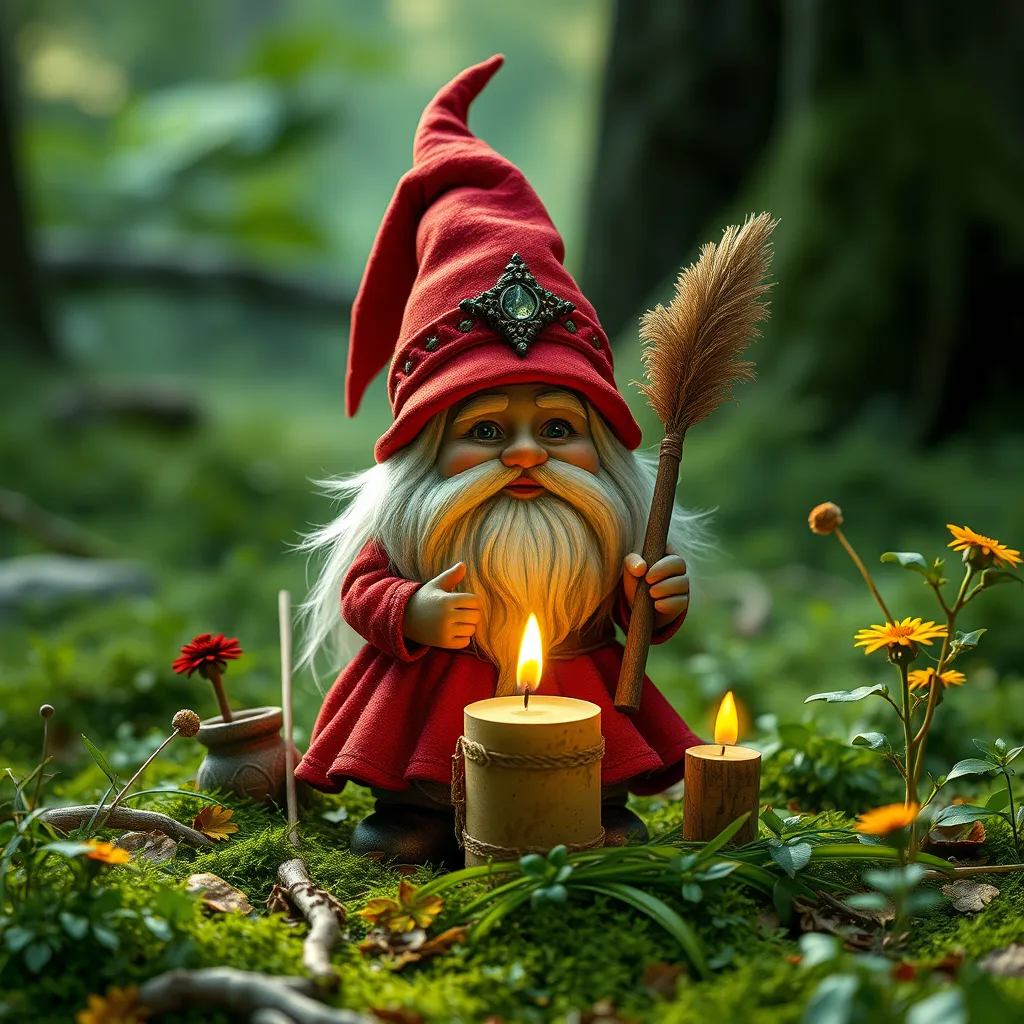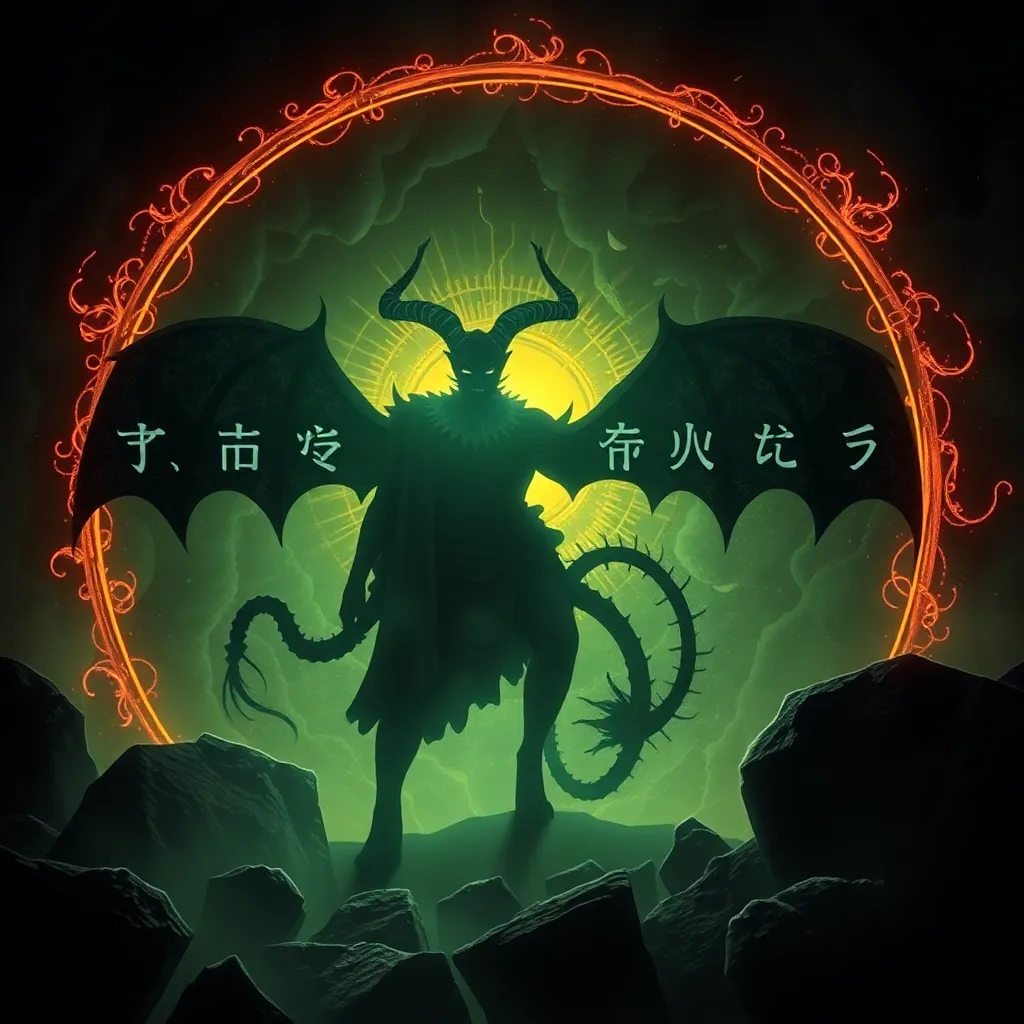The Selkie in Inuit Mythology: Uncovering the Tales of the Sea-People and their Transformations
I. Introduction to Selkies and Inuit Mythology
Selkies are mythical creatures found in various folklore, particularly in Scottish and Irish tales, where they are depicted as seal-human hybrids capable of transforming between their two forms. In Inuit mythology, while the term “Selkie” may not be explicitly used, the essence of these sea-people resonates through numerous stories that celebrate the deep connection between humans and the ocean.
Mythology plays a crucial role in Inuit culture, serving as a means to pass down knowledge, morals, and the values of the community. The purpose of this article is to explore the connection between Selkies and Inuit sea lore, shedding light on how these narratives serve to illustrate the profound relationship between the Inuit people and their maritime environment.
II. The Origin of Selkie Legends
The historical roots of Selkie mythology can be traced back to various cultures, primarily in Northern Europe. These legends often reflect humanity’s fascination with the sea and its creatures. In Inuit storytelling traditions, the adaptation of Selkie tales highlights the cultural significance of the ocean as both a life-giving force and a realm of mystery.
When compared to other sea-people myths, such as mermaids in Western folklore or ningyo in Japanese culture, Selkies share similar characteristics but are distinct in their representation of transformation and identity.
III. Characteristics of Selkies in Inuit Mythology
In Inuit mythology, Selkies are often described with the ability to shift between their seal form and human form. This transformation is not merely physical but also symbolic, representing the dual nature of existence as both part of the natural world and a member of human society.
Key characteristics of Selkies in Inuit culture include:
- Physical Descriptions: Selkies are often portrayed with beautiful, alluring features when in human form, while their seal form is sleek and graceful.
- Transformative Abilities: The act of shedding a seal skin to become human is a central theme, emphasizing the connection between the two worlds.
- Symbolic Meanings: Selkies often represent longing, freedom, and the struggle between two worlds.
- Dual Identity: They embody both the sea creature and the human being, reflecting the complexities of identity.
IV. Major Selkie Myths and Stories
Several prominent Selkie tales exist within Inuit folklore, each carrying rich themes and cultural significance. These stories often explore key themes such as love, loss, and transformation.
Some notable tales include:
- The Tale of the Lost Seal Skin: A story about a human who finds a Selkie’s skin and keeps it hidden, leading to a complex relationship filled with both love and sorrow.
- The Fisherman’s Wife: This tale tells of a fisherman who marries a Selkie woman, only to face the consequences of her longing for the sea.
These stories highlight the cultural significance of Selkies, reflecting the Inuit worldview and their connection to nature.
The Role of the Sea in Selkie Narratives
The sea serves as both a setting and a character within Selkie stories. It represents the unknown, the source of life, and the place where transformations occur. Water holds a significant place in Inuit culture, often symbolizing:
- Life and Sustenance: The sea is a provider, offering fish and other resources essential for survival.
- Spiritual Significance: Water is often seen as a boundary between the physical and spiritual worlds.
- Connection to Ancestry: The ocean is a path through which ancestors traveled, linking the past with the present.
This relationship between the Inuit and their ocean environment is mirrored in Selkie narratives, emphasizing the interconnectedness of life, identity, and the natural world.
VI. Selkies as Metaphors for Human Experiences
Selkie tales often serve as metaphors for profound human experiences. They explore complex themes of identity and belonging, reflecting the internal and external struggles individuals face.
Key themes include:
- Identity and Belonging: The dual nature of Selkies mirrors the human quest for self-discovery and acceptance.
- Freedom and Confinement: These narratives explore the tension between the desire for freedom and the constraints of societal expectations.
- Influence on Nature and Survival: Selkie stories influence how the Inuit view their relationship with nature, resilience, and adaptability.
VII. Modern Interpretations and Popular Culture
In contemporary media, Selkie myths have been reinterpreted and adapted, often taking on new forms and meanings. From films to literature, these tales continue to captivate audiences and inspire new generations.
However, the impact of globalization poses challenges to traditional Inuit stories. The blending of cultures can lead to the dilution of original narratives, making the preservation of these tales increasingly important. Storytelling remains a vital part of Inuit culture, serving as a bridge between the past and the present.
VIII. Conclusion: The Enduring Legacy of Selkies in Inuit Culture
In summary, Selkie tales are significant in understanding Inuit mythology, illustrating the rich tapestry of cultural beliefs and values. These narratives not only provide insight into the Inuit perspective on the natural world but also reflect universal themes relevant to human experiences.
As we reflect on the importance of preserving these narratives, it becomes clear that they hold a lasting legacy within Inuit culture. Further exploration of Inuit folklore reveals a world of wisdom, resilience, and beauty that continues to resonate today.



